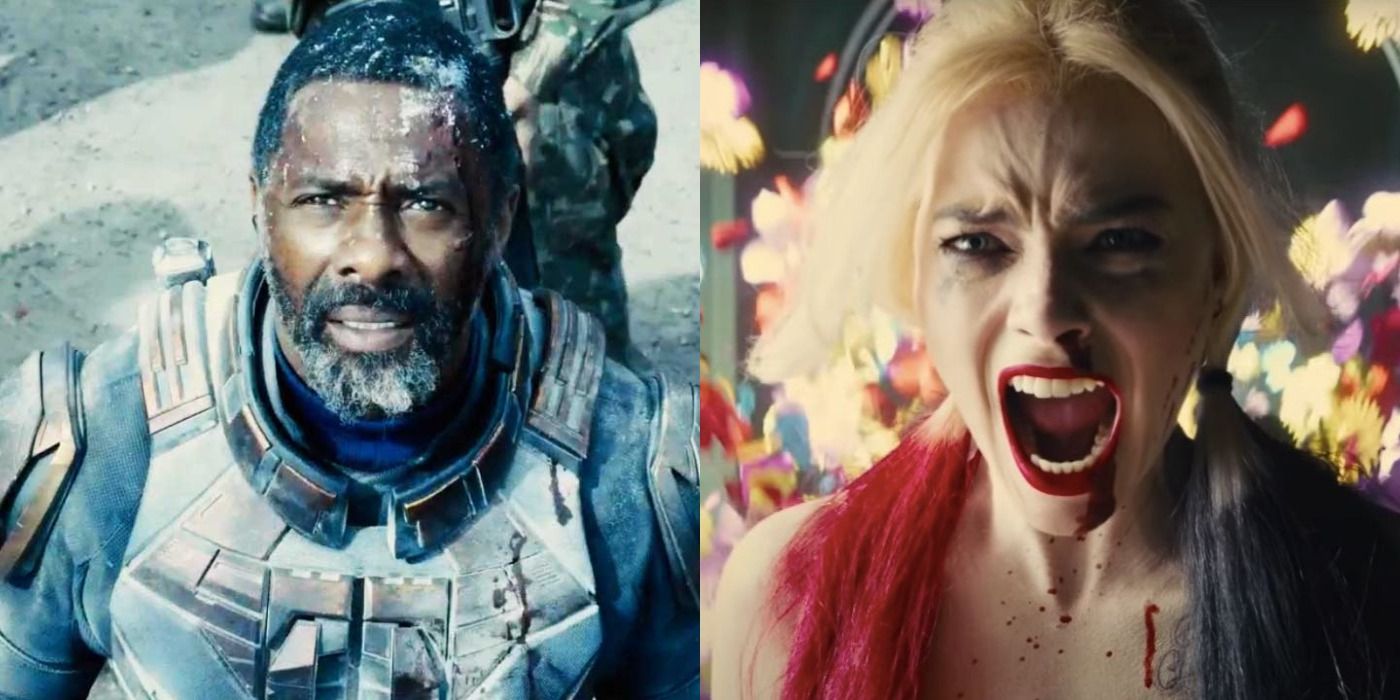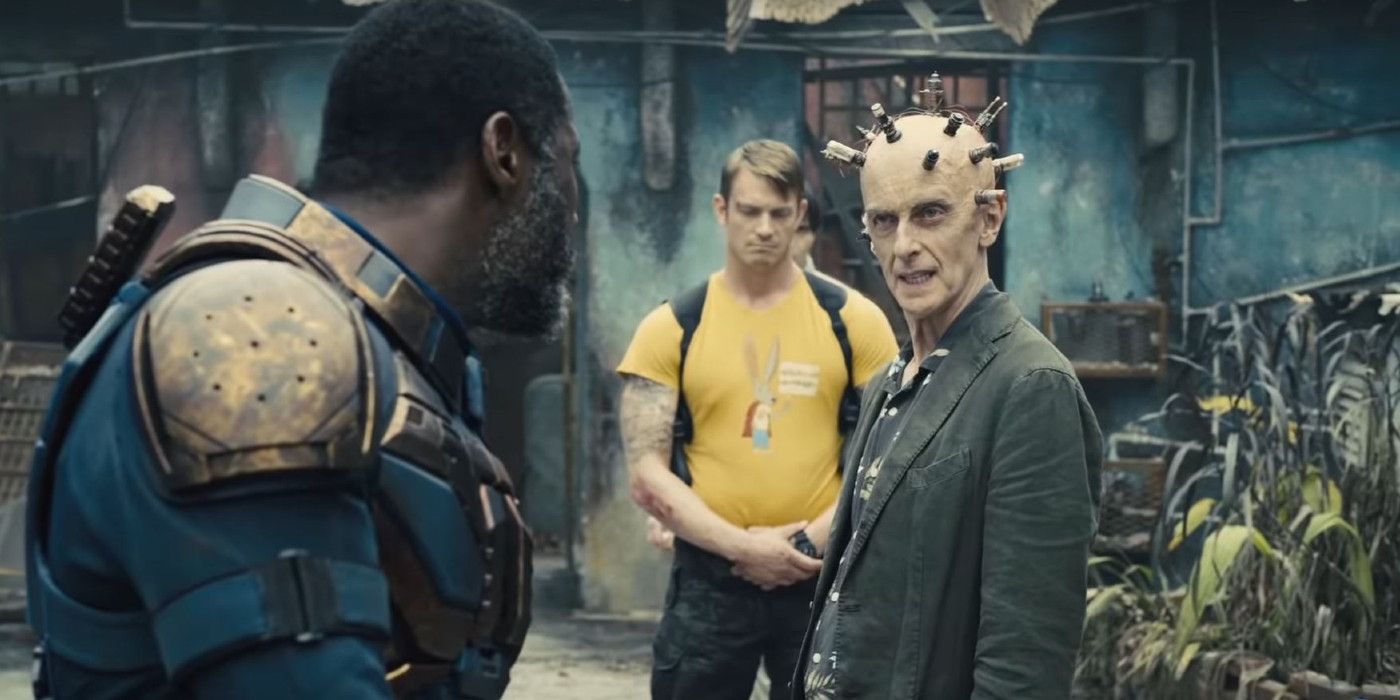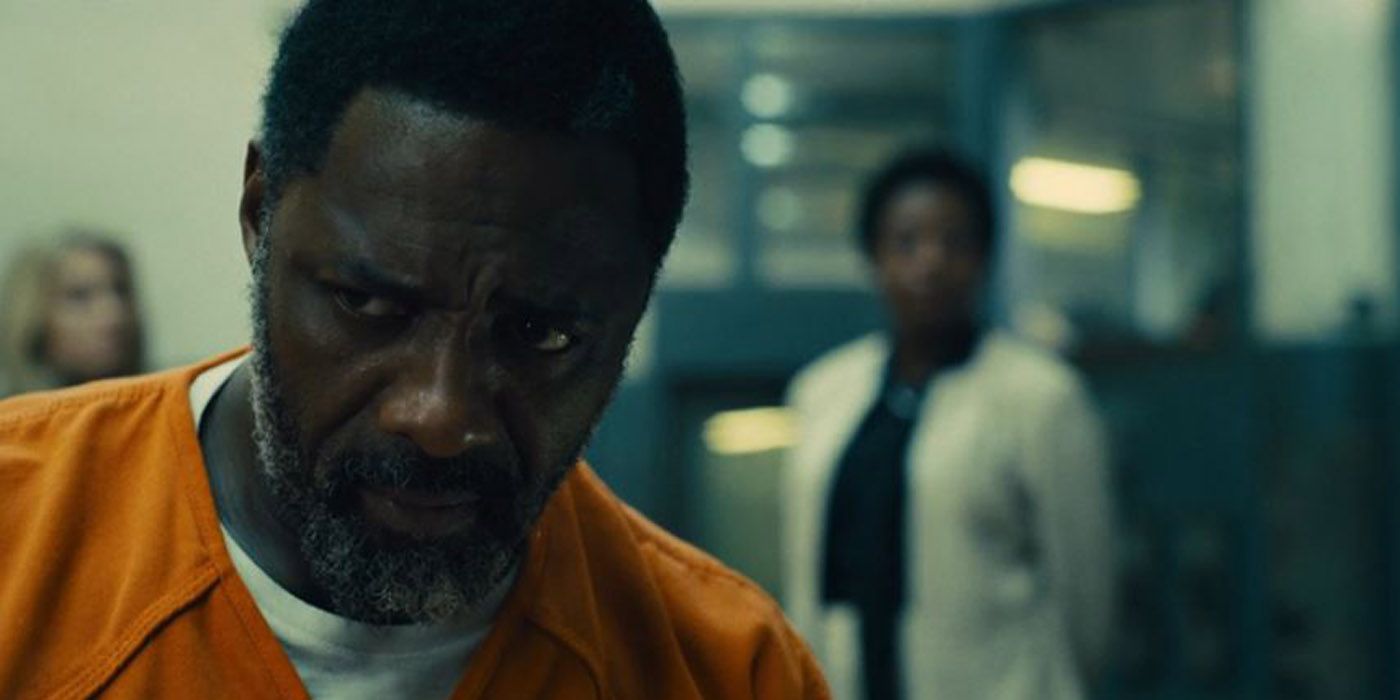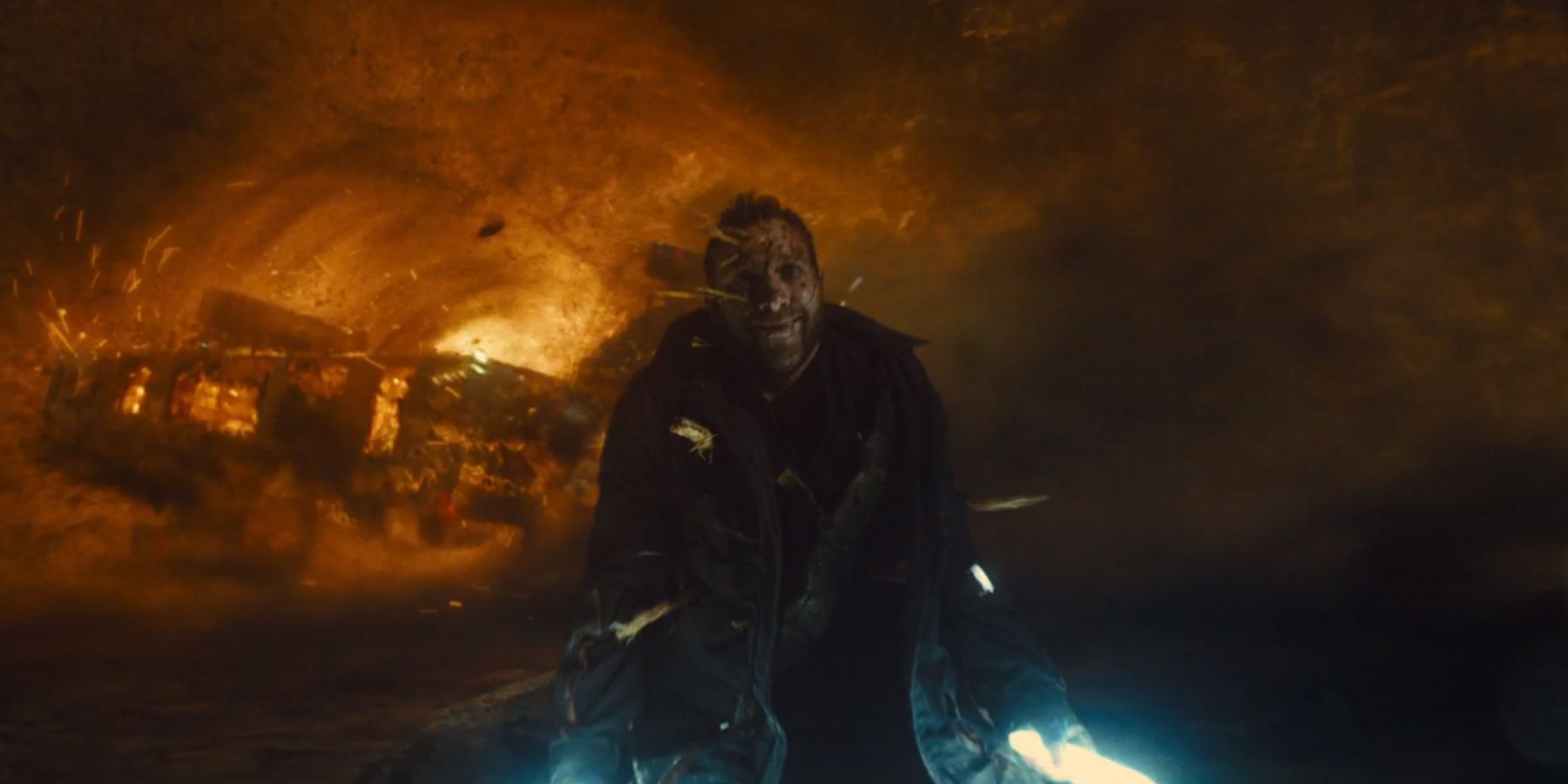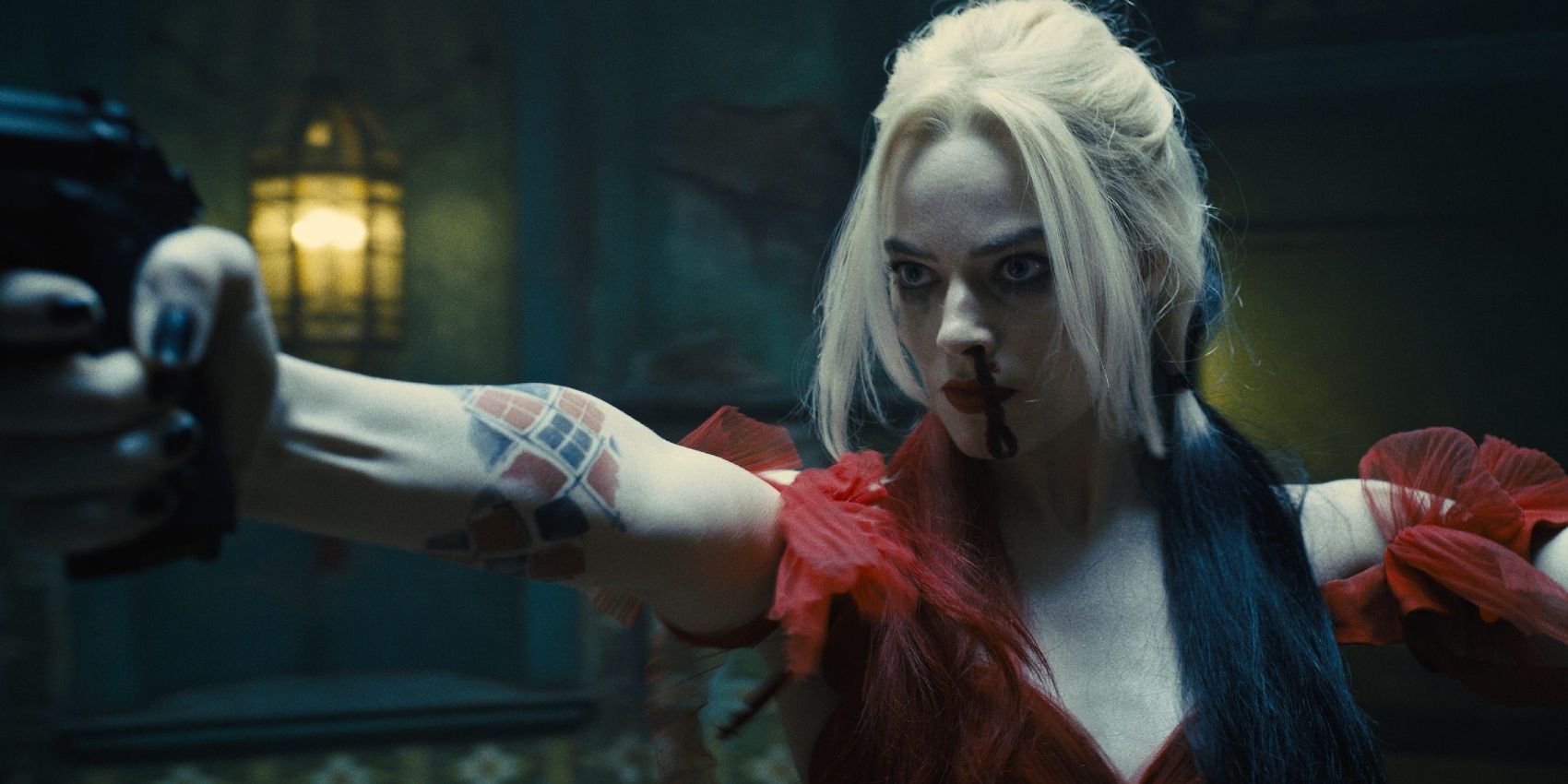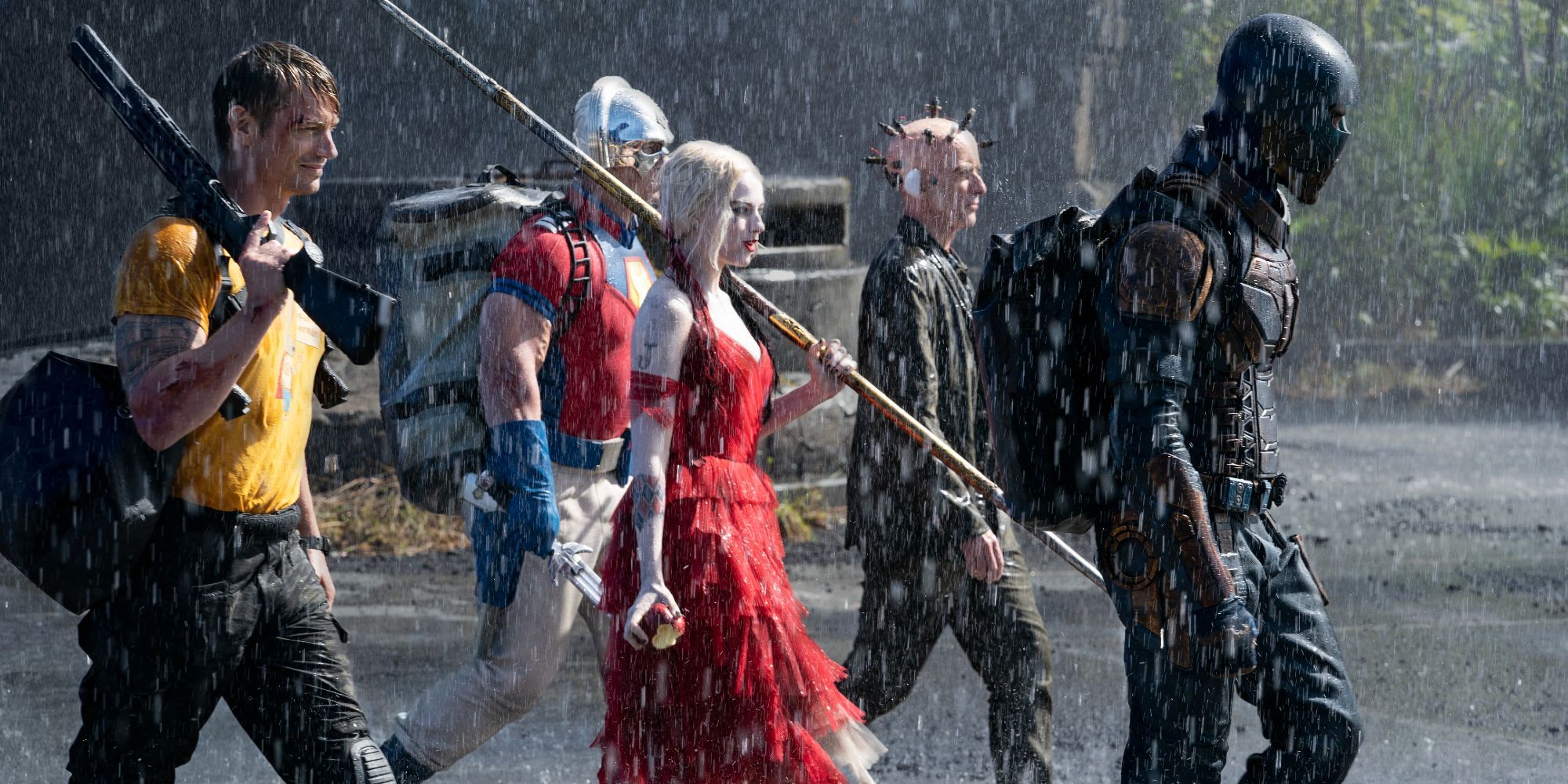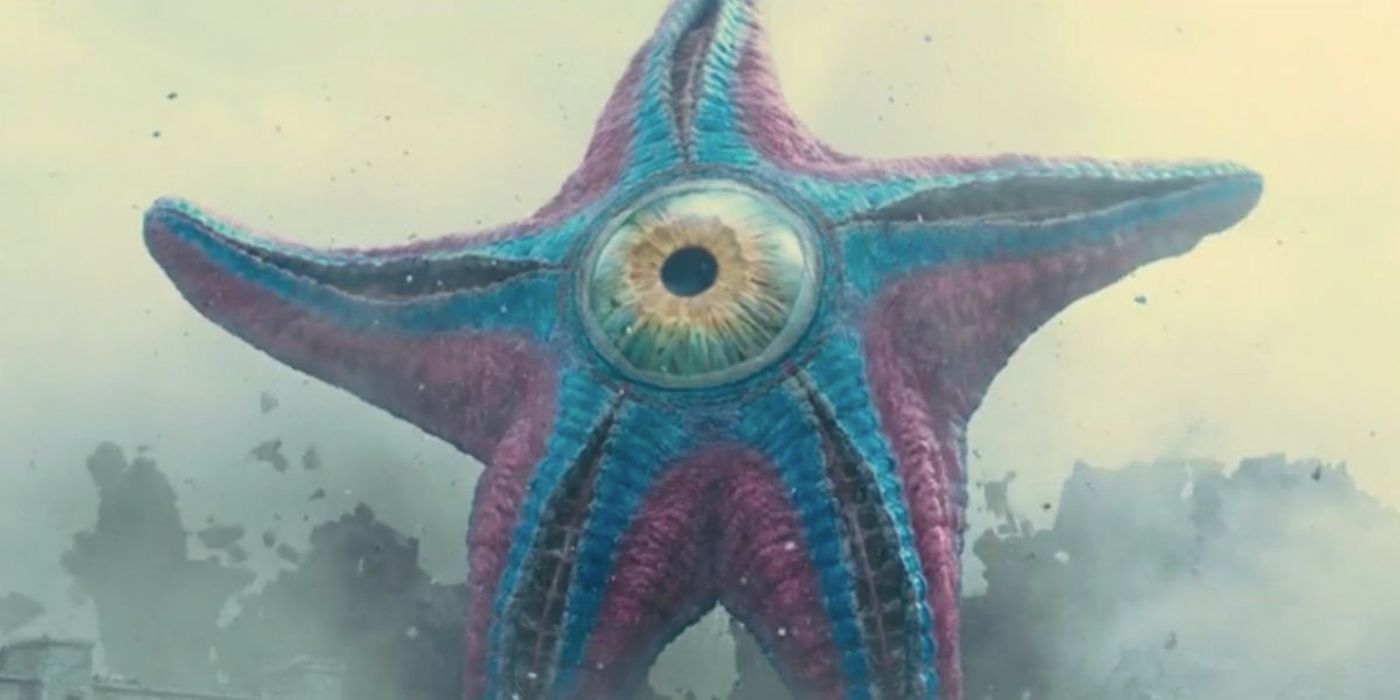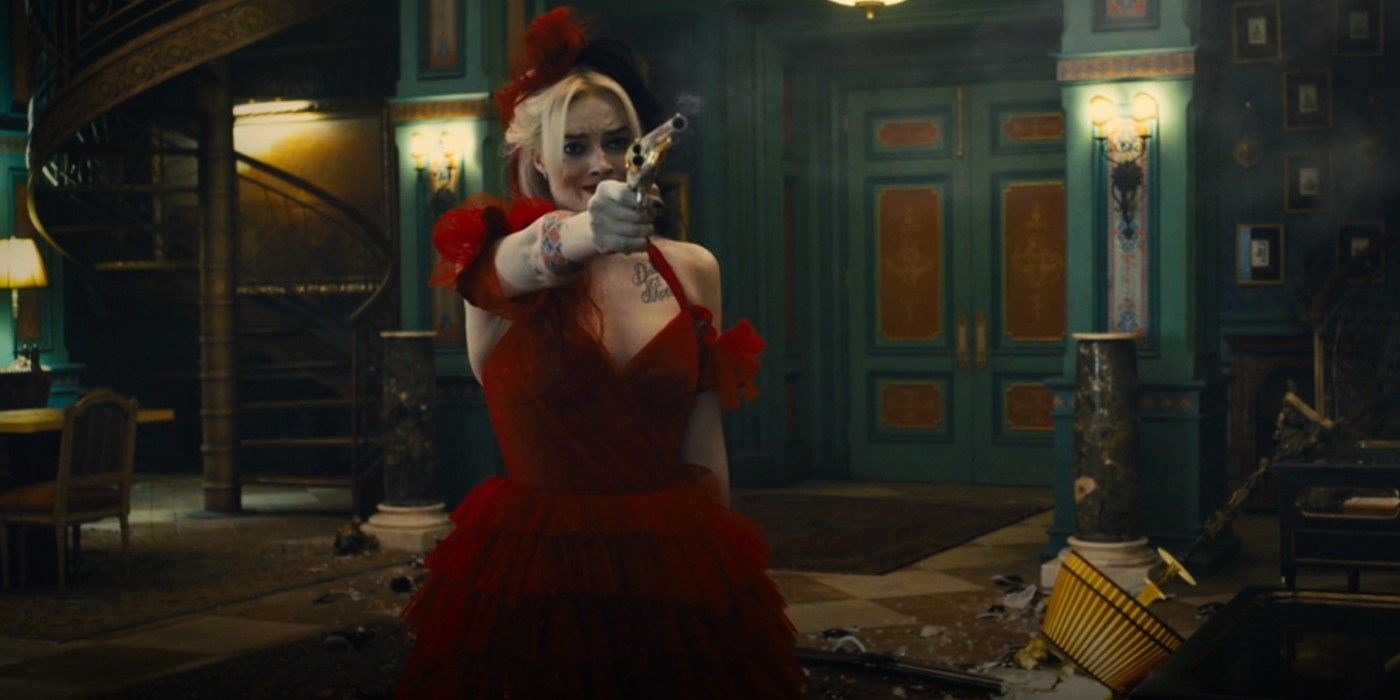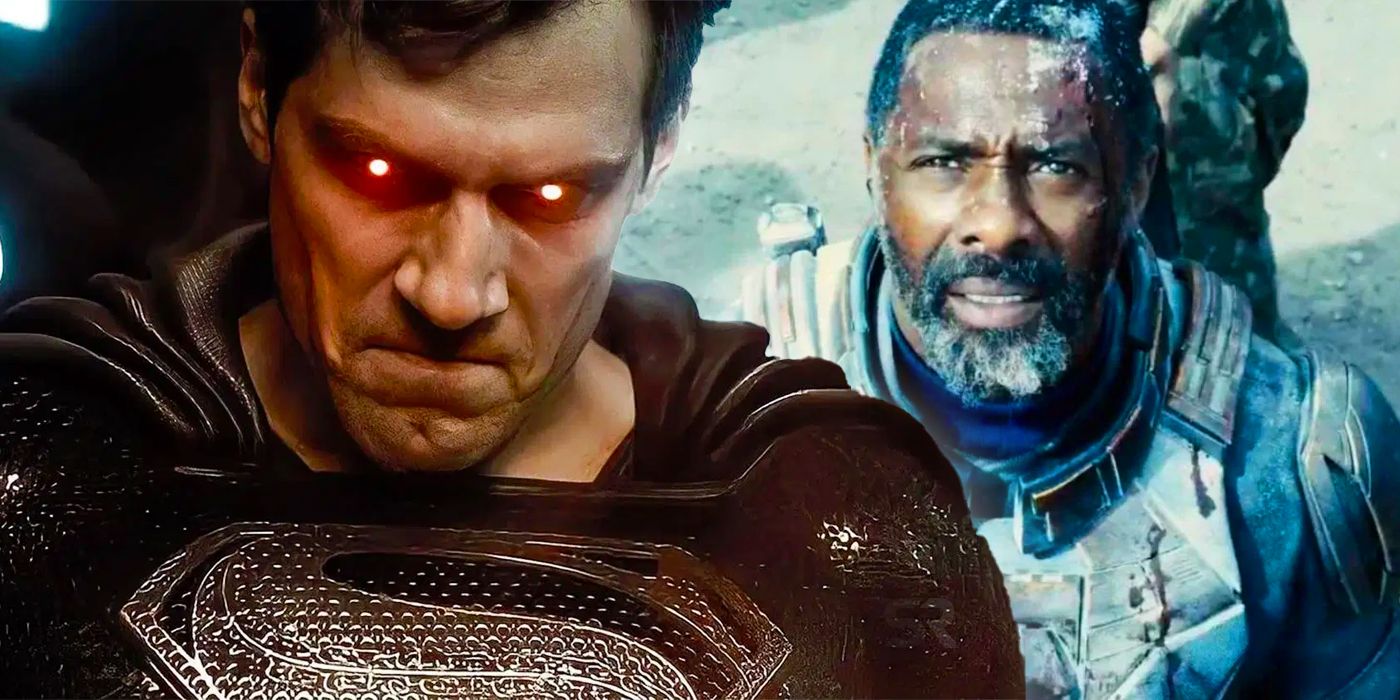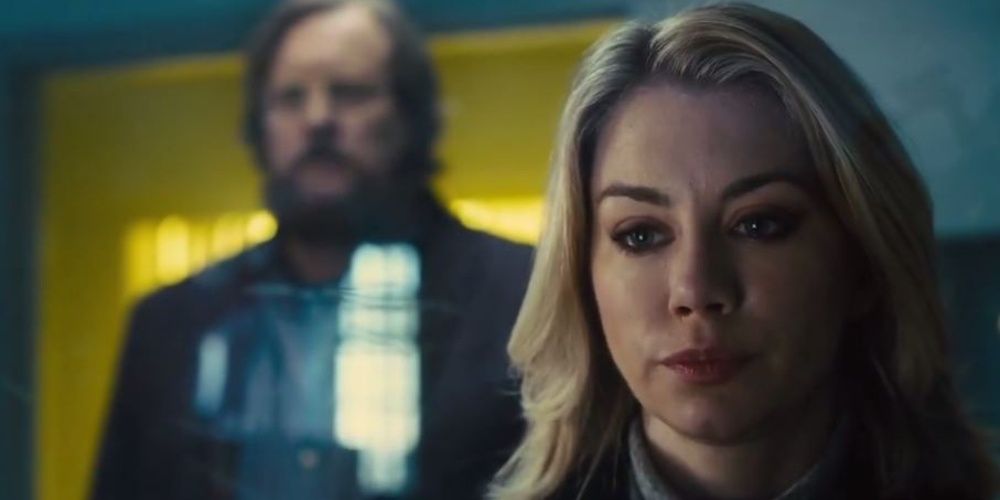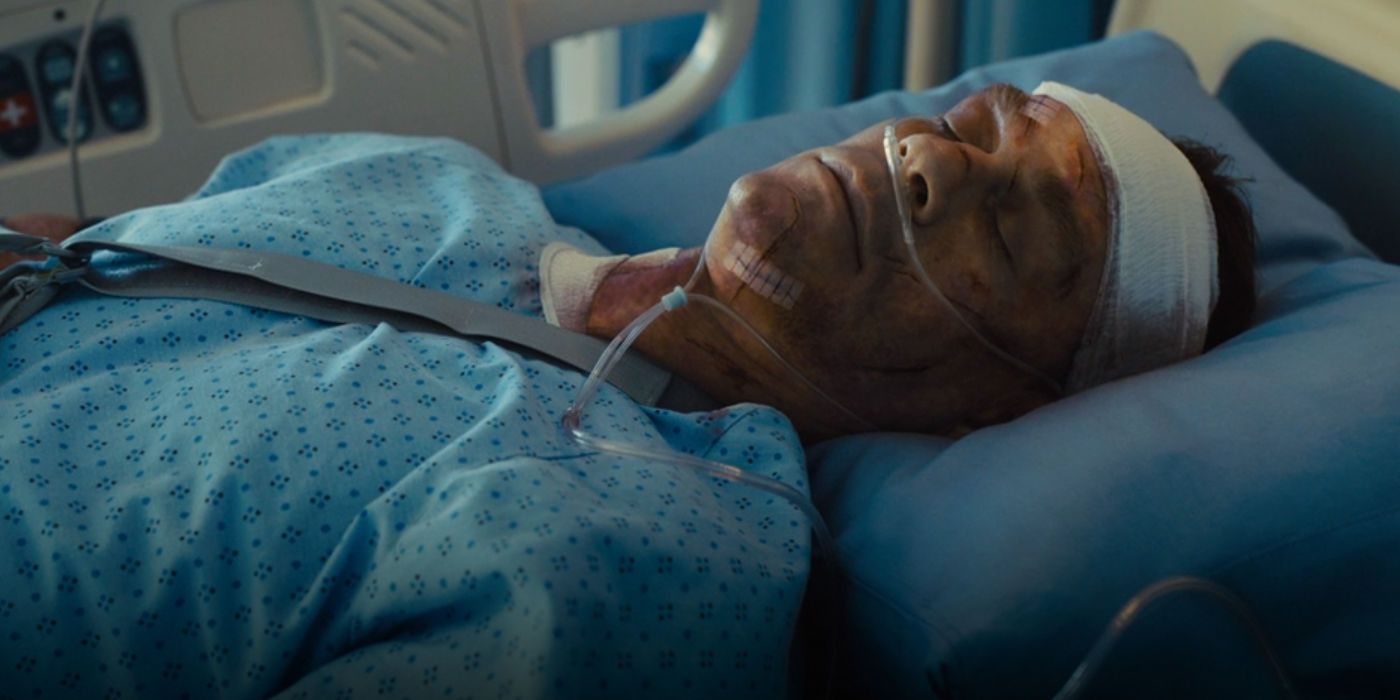The DC Extended Universe has been around long enough to have its own recognizable strengths and weaknesses. While The Suicide Squad’s reception is very positive overall, it still featured a number of mistakes the DCEU as a whole has been experiencing.
Earlier films like Batman v Superman: Dawn of Justice, Shazam! and others, have also included these issues, and the series still hasn’t gotten around to fixing them. Even though the plotline of Task Force X arriving in Corto Maltese to fight the alien Starro the Conqueror is unique, everyone from Harley Quinn to Bloodsport and the overall presentation of the movie suffered from problems that can be seen as the franchise’s weak points.
Overloading Of Villains
This was an issue in earlier movies like Dawn of Justice, Suicide Squad, and Wonder Woman 1984, where a particular villain was marketed, only for another to show up. The Suicide Squad overstuffed the antagonists by having Amanda Waller, The Thinker, the Corto Maltese government, and Starro all take this role.
This overloading ended up stealing focus from each villain, as none of them had that one big moment of establishing their antagonism. Had it just been Starro in this capacity, then his influence would've loomed over the entire film instead of just being present in the third act. Similarly, Amanda Waller’s ruthlessness was cut short to accommodate the film's traditional climax, ignoring the fact that she had Task Force X’s blood on her hands.
A MacGuffin Driving The Story
There was some criticism for Wonder Woman 1984 making the Dreamstone the object everyone ran around for, much like how the Mother Boxes kept the heroes jumping from one place to another in Justice League. Here, it was the flash drive containing evidence against the U.S. government that dictated the story.
It led to all the characters’ motivations being limited to the drive, with Peacemaker turning on the team and Rick Flag dying as a result. The mistake here is that the story is unable to be told independent of this MacGuffin, without which everything is bound to fall apart, and the movie has no choice but to end.
Character Deaths For Shock Value
Prior to this movie, the DCEU saw figures like Silas Stone, Slipknot, and even Superman die where they didn’t need to. The purpose of these demises was to shock audiences, yet they took away from the long-term potential of the characters, and often cut their development short.
There were plenty of surprising deaths in The Suicide Squad, with the most striking ones being Captain Boomerang and Rick Flag. Neither of their passings tied into the overall story, though, as Boomerang’s was mainly treated as a joke while the team decided not to release the flash drive that Flag died for.
Lack Of Clarity Over Continuity
Ever since the DCEU has put a focus on standalone movies rather than full-on sequels, this mistake has manifested time and time again. The result is a lack of clarity over how characters arrived at where they are, as their previous statuses pointed to something different.
The Suicide Squad showed Harley suddenly part of the team, yet Birds of Prey had shown her taking care of Cassandra Cain, who went unmentioned. The same goes for Amanda Waller, who was forced to shut Task Force X down in the previous movie, only for it to be running without issue this time around. The problem of continuity cheapens earlier storylines since they end up having no bearing for the future.
Problems Solved Through The Power Of Friendship
Over the course of the story, there were plenty of brave characters in The Suicide Squad. The mistake that the movie made, though, is to tie this to the power of friendship. This was the case with Justice League, Shazam!, and Dawn of Justice, where characters were handily beaten by villains but rallied together because of their bond.
To some, this can be seen as a rather cheesy way to justify the boost the protagonists need to win, seeing as there’s no realism behind it. This movie saw Polka-Dot Man have major issues with his condition, but some encouragement by Bloodsport suddenly turned him into a hero. Similarly, Ratcatcher 2’s friendship allowed King Shark to somehow overcome his natural instincts as a carnivore.
Lack Of Universe-Building
The DCEU seems to be unsure whether it wants to be a connected universe or not, as references are made to other movies but are never expanded upon. In The Suicide Squad, Bloodsport was in Belle Reve for landing Superman in the ICU, yet there was no clarification of how he got his hands on Kryptonite or how he was captured.
The mistake the series makes here is that fans aren’t allowed to appreciate the diverse nature of the universe, with The Suicide Squad also not explaining where Starro came from even though his existence proves there’s another alien planet out there.
Portraying Abilities That Don't Make Sense
The over-the-top nature of the movie meant that there were quite a few new powers and abilities seen in The Suicide Squad. The problem the DCEU repeats, though, is bringing these forward without prior explanation which ends up making these unrealistic.
This was the case with Wonder Woman having fewer powers in Justice League than in Wonder Woman 1984, even though she had already unlocked her abilities chronologically earlier in the latter movie. In The Suicide Squad, Harley Quinn could mow down an entire army, which doesn’t make sense since she got apprehended so easily a little while earlier by a similar number of enemies.
No Explanations For The Justice League's Absence
Considering the Justice League was able to take down Steppenwolf’s worldwide invasion, anything else should be child’s play for the team. However, DCEU movies continue to make the mistake of assuming fans will overlook this point and go with the flow in conflicts that are enormous in scale and would logically be summoning the team.
The conflict against Starro was broadcast on television, which should have been enough for the Justice League to arrive in Corto Maltese. Their absence hurts the larger DCEU, since there’s no explanation why the league would ignore such a big-time scenario where thousands were perishing.
Suddenly Turning Unsympathetic Characters' Personalities Around
This mistake was present in earlier instances like Black Manta’s father given a tearful death even though he had moments earlier tried to kill Aquaman, along with Max Lord shown to be a good father despite having caused the deaths of millions worldwide in Wonder Woman 1984.
In the same vein here, Amanda Waller’s aides were just as unlikeable as she was, as they laughed at Team A’s gruesome deaths and were mainly presented as funny characters in The Suicide Squad. However, they then ended up attacking Waller to prevent her from killing Team B so they could save the city, which was jarring to see since there were zero indications to suggest these characters had any sympathetic quality to them.
Character Fates Left Ambiguous For Sequel Hooks
Dawn of Justice was criticized for killing Superman off but simultaneously indicating that he might still be alive, which happened again in the first Suicide Squad when The Joker suddenly showed up from his helicopter crash without explanation. The mistake the DCEU makes here is taking the weight away from these deaths just to set up a sequel.
Rather than have an organic way to bring characters back in the follow-up, their demises are waved away to accommodate another plotline. The Suicide Squad did this with Peacemaker, who was shown bleeding to death and Jotunheim collapsing on him. In the end, he turned out to still be alive when there was really no chance for it, all for the intention to set up the Peacemaker HBO series.

